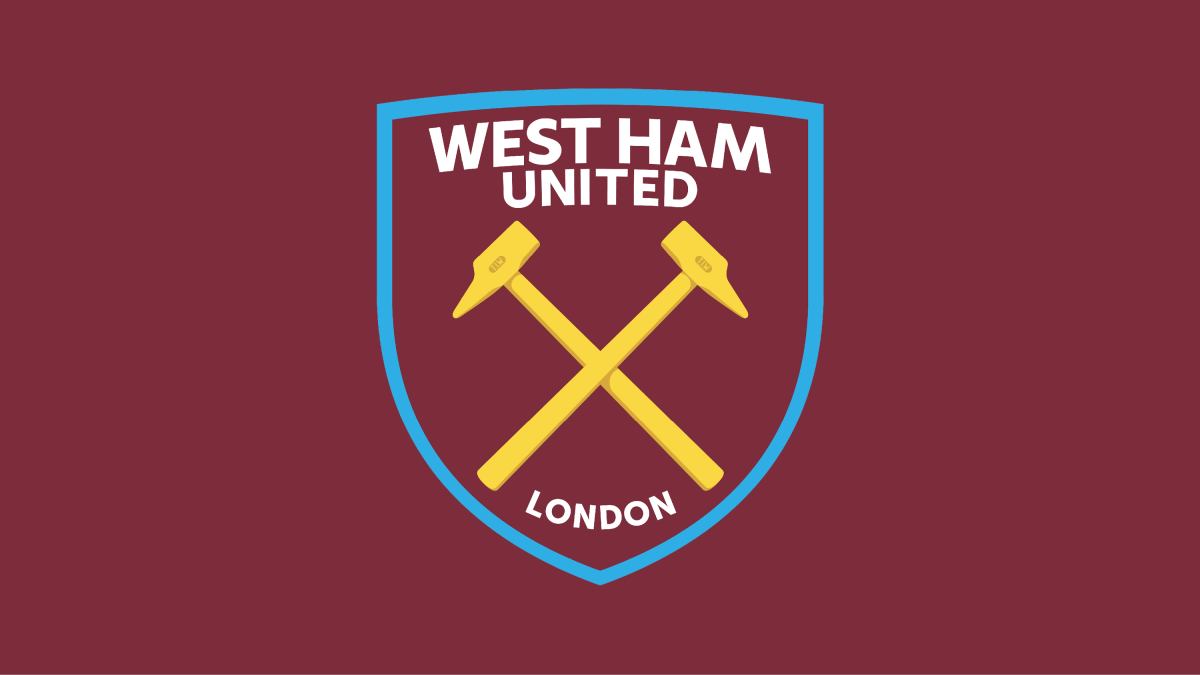- Wed. Apr 17th, 2024
Latest Post
The Future of Data Protection: HYCU’s R-Cloud Platform on Google Cloud
Welcome to the Cloud Wars Minute, your daily cloud news and commentary show. Each episode provides insights and perspectives around the “reimagination machine” that is the cloud. In this episode,…
Hope in Motion: UVA Health Transplant Center’s Vivid Pinwheel Display Celebrates Donate Life Month and Lives Saved Through Organ Transplantation
As a journalist, I would rewrite the article in a unique way: In honor of Donate Life Month, UVA Health Transplant Center has created a stunning display of approximately 1,300…
Revolutionize Your Public Health Career with Case Western Reserve University’s Master of Public Health Program
As a journalist, I would like to present to you the unique features of Case Western Reserve University’s Master of Public Health program. This program provides students with an in-depth…
West Ham vs. Bayer Leverkusen in Europa League: Trails in Europe or Turnaround Ahead?
The second leg of the Europa League quarter-final between West Ham United and Bayer Leverkusen is taking place on Thursday at 20:00 BST at London Stadium. Here are some key…
Case Western Reserve University School of Medicine: Shaping the Future of Healthcare through Innovative Training Methods
At Case Western Reserve University School of Medicine, the focus is on shaping the next generation of health leaders and scientists through innovative and cutting-edge methods. Students are encouraged to…
Germany and China: Building Partnerships for a Sustainable Future Despite Tensions
Germany recently welcomed Chinese President Xi Jinping for a three-day visit in an effort to strengthen economic ties between the two countries. Despite tensions, Germany remains China’s largest European trade…
Meet the Bloomberg Billionaires Index: A Daily Ranking of the World’s Richest Individuals and How Their Wealth is Calculated
The Bloomberg Billionaires Index is a daily ranking of the world’s richest individuals, providing a transparent calculation of their net worth. Each billionaire profile includes a detailed analysis of how…
Meet the Top Boys Swimming and Diving Athletes in Iowa: Nominees for SCHEELS High School Sports Awards Announced
The Iowa High School Sports Awards, presented by SCHEELS, is pleased to announce the nominees for the Boys Swimming and Diving Athlete of the Year. This event is part of…
Montgomery County Hosts Free Health Fair to Promote Wellness in Rural Areas
On Saturday, Montgomery County will host a free health fair, featuring approximately 15 vendors who will provide information on nutrition and wellness. The event will take place from 10 a.m.…
DOE Calls for More Investment in Innovative Grid Solutions to Meet Escalating Power Demand
Nearly $90 billion was invested in transmission and distribution infrastructure in 2023, but only $6 billion of that was allocated towards advanced grid solutions, according to a report by the…




